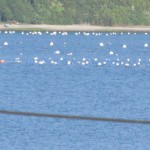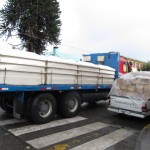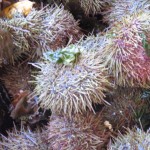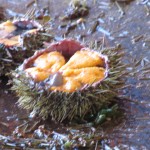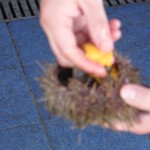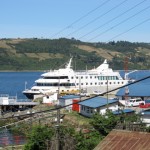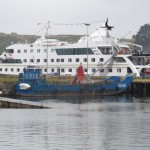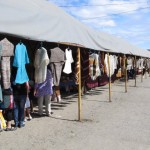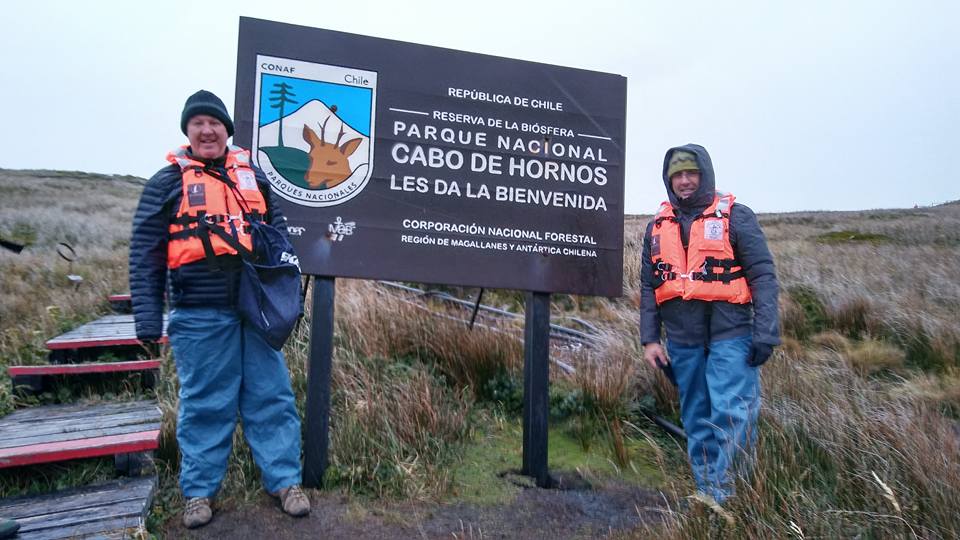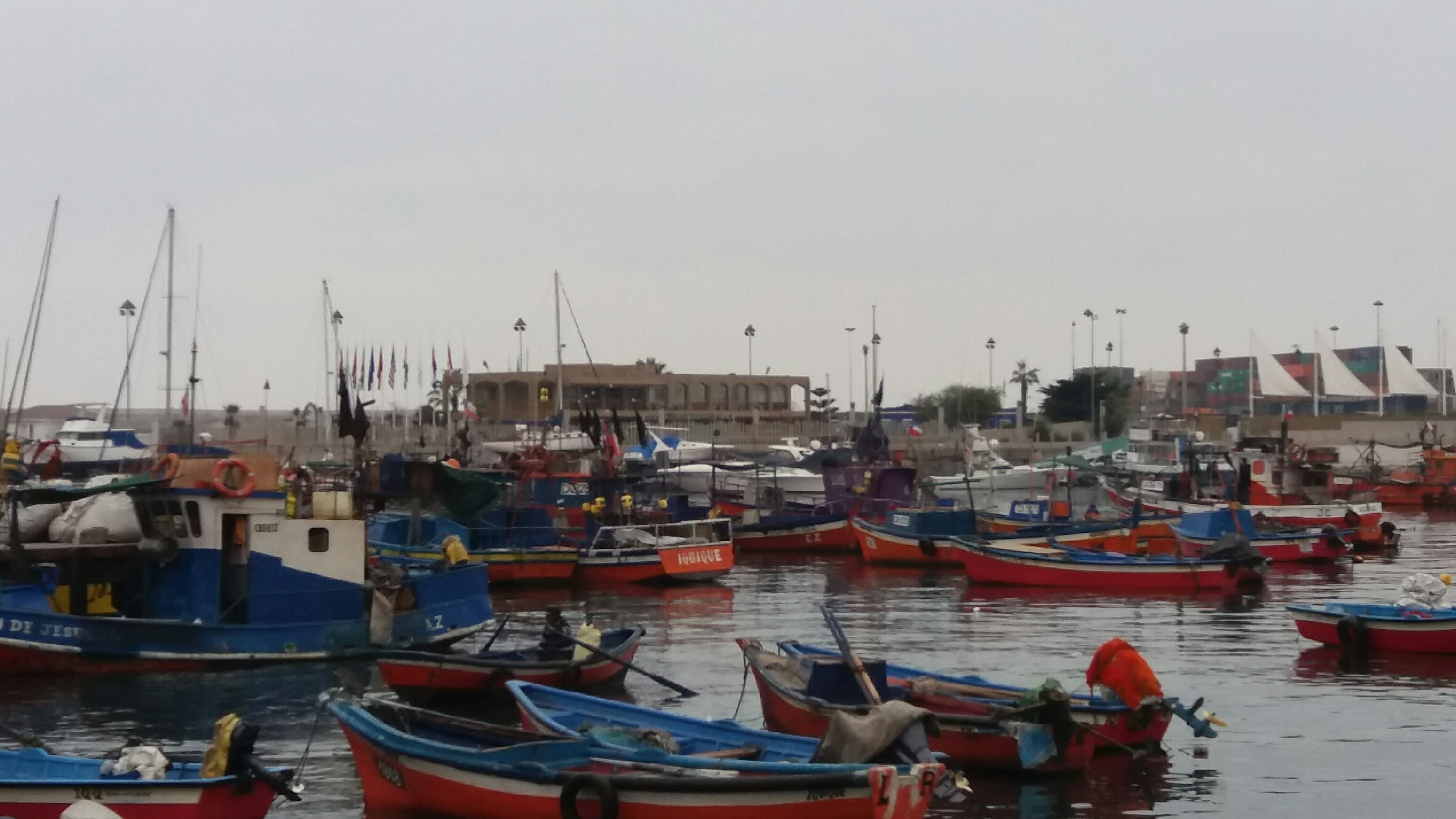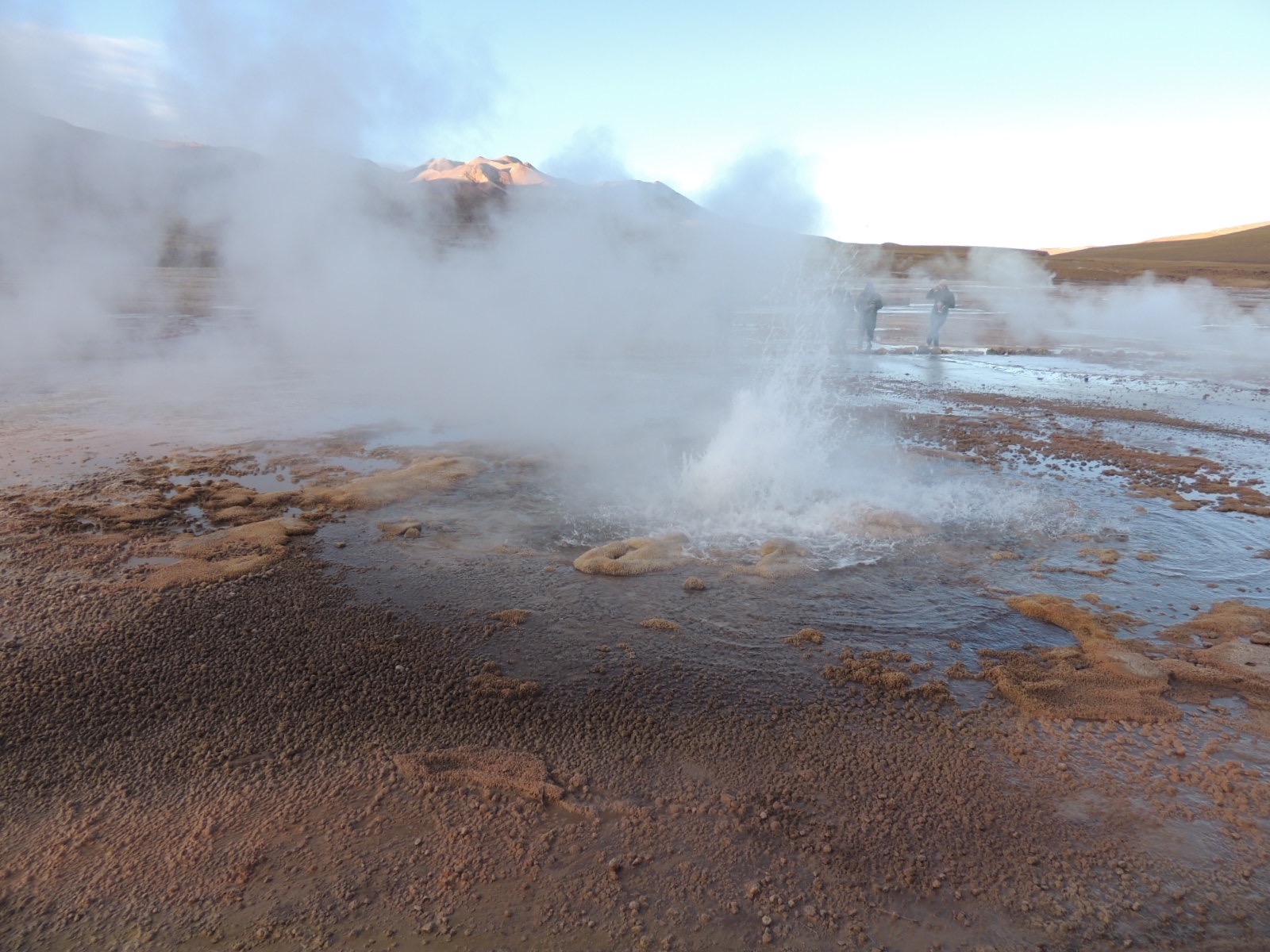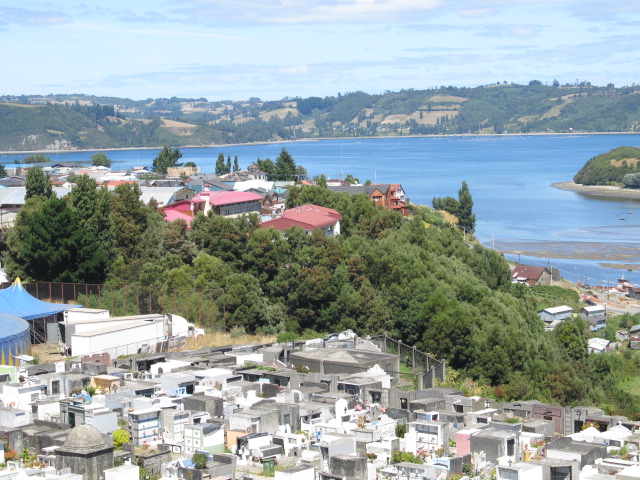
January and February are the best times to make your way from the freezing temps of North America to warmth of Chiloe Island, off the coast of Santiago, Chile. Castro is the capital and largest community on the island. The streets are filled with a mixture of locals and back packers. News of the unique character of Chiloe has spread throughout SA. Difficult and secluded access to the island has allowed a feeling of closeness and openness of this community.  The people are always willing to help, answer questions and provide ideas for your next adventure. A spirit of ‘live and let live’ is everywhere. The back packers are in mass. From tents to hostels, the young people of the world gather here.
The people are always willing to help, answer questions and provide ideas for your next adventure. A spirit of ‘live and let live’ is everywhere. The back packers are in mass. From tents to hostels, the young people of the world gather here.
Even though getting to Chiloe can be a challenge, merely think of it as an adventure.
Getting There: From Santiago, take the bus south to Puerto Montt (about a 12 hour “sleeper” ride, approx. $31). From Puerto Montt, catch the ferry ($2.00) to Chiloe Isalnd. Once at the island landing, catch yet another bus (45 minutes) to the main city, Castro.
For decades the government of Chile has been trying to turn Chiloe Island into a tourist destination…how?….by building a bridge between the island and the mainland. The project has been on again-off again since 1972.
Industry: Fishing and tourism. Fishing is where and why Chiloe is so interesting. The Pacific Ocean is the constant in every facet of the city, the food of course, but, the merchants and every small shop you enter have items linked to the fishing and farming of mussels. Approximately 83% of the mussel (aquaculture) harvest is exported.
- Growing mussels in the harbor areas
- Trucks hauling mussels north as far as Quito, Ecuador
- Trucks moving seafood
All types of food is harvested from the ocean. For example, these sea urchins. Street vendors will cut open the little urchin for you, reach in and eat up…if you dare!
- Sea urchins
- Inside the sea urchin
- Reach in and eat up!
Entertainment: Entertainment and specialty shops are located on Thompson street. Here you will find night life, bars, live music and food. O’Higgins, the street 1 block past San Martin (the main highway through the island), is the other busy street for food and entertainment. These three streets, approximately 6 blocks long, will provide a solid understanding of Castro. The only important area left is along the Malacon. This is the area around the docks where the cruise ships arrive. Here are microcosmos of Castro, food, drink, shops, tourist T-Shirts and more.
- Cruise ships docking at Castro
- Cruise Ship
- Open-air shopping
Here’s to sun and fun, but especially to learning cultural differences.


